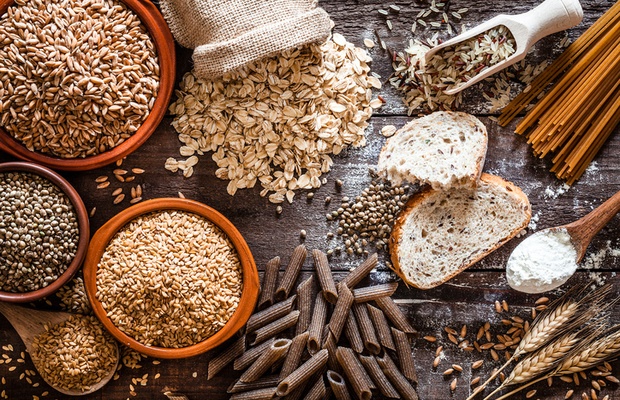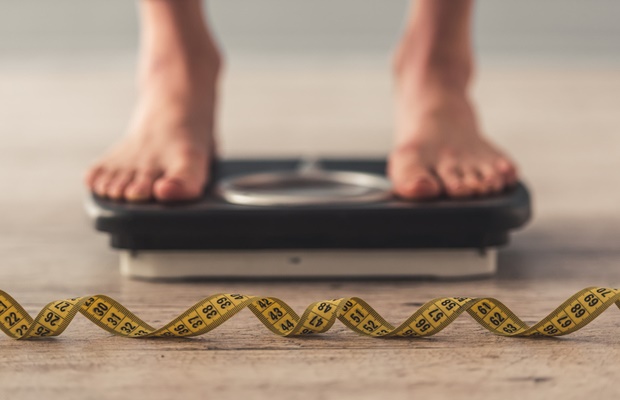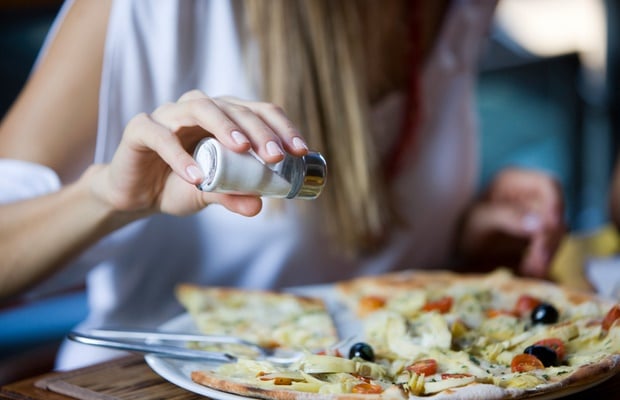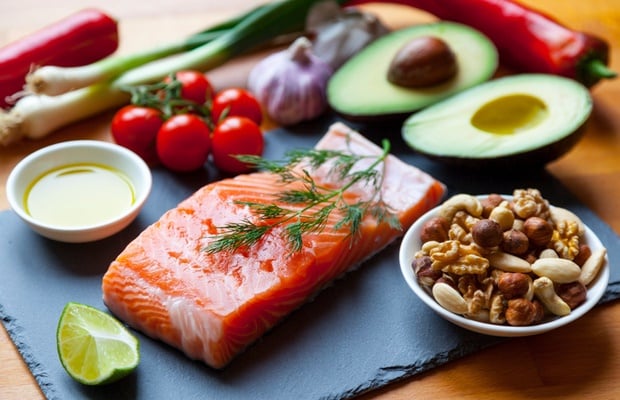Your eating habits play a huge part in determining your risk of suff ering a stroke. Here is how you can lower your risk.
September is Heart and Stroke Awareness Month in South Africa. According to the Heart and Stroke Foundation South Africa, 10 people in South Africa suffer a stroke every hour of the day.
While your stroke risk is most likely geneticallydetermined, you can still reduce the odds by making changes to your lifestyle and diet. Our nutrition expert Nicola Walters tells us more.
1. Choose the right carbs
Not all carbohydrates are equal when it comes to stroke and cardiovascular disease prevention.
Foods high in fibre, wholegrains, fresh fruit and vegetables are all great examples of healthy, unrefined carbohydrates. Nutrient-poor and processed refined carbohydrates such as cooldrinks, sweets, chocolates, ice-cream, potato chips, refined grains and sugary, floury baked products should be avoided as much as possible, as consistently high blood glucose levels damage the arteries of the brain and heart.

2. Watch your weight
A significant amount of evidence shows that excess body weight profoundly increases your risk of stroke and cardiovascular disease. Fat stored around the stomach area is especially dangerous.
The good news, however, is that according to the Academy of Nutrition and Dietetics (2016), weight loss of only 10% of current body weight achieved in a period of six months can significantly reduce your stroke risk. According the American Heart Association, you should aim for achieving a waistline of less than 102cm if you are a man and 88cm if you are a woman.

3. Give up those habits
Smoking and excessive drinking both increase your risk of having a stroke. Smoking speeds up the formation of clots in the arteries, and stopping smoking is one of the most powerful lifestyle changes that will reduce your risk. Several studies have shown that if you have more than two drinks per day, your risk of stroke increases significantly.

4. Cut back on the salt
Globally, approximately 1.65 million annual deaths due to cardiovascular disease are partly caused by sodium intake exceeding 2g per day. High sodium intakes increase water retention in the body, which increases the volume of blood, making blood pressure skyrocket. High blood pressure increases the risk of stroke and cardiovascular disease risk.
According to the Heart and Stroke Foundation of South Africa, most South Africans consume twice as much salt as they need – accumulating to approximately six to 11g per day. It is advised that adults consume less than 2 400mg sodium, i.e. less than 5g (one teaspoon) of salt a day.
Reduce your salt intake by not adding salt to food, cutting down on salty snacks such as potato crisps, and reducing your intake of processed foods. In addition, avoid adding salt to cooking by using a variety of herbs and spices, such as lemon, garlic, ginger, rosemary, cumin, thyme and curry spices, to flavour your food.

5. Try the Mediterranean diet
The Mediterranean dietary pattern is a first-class ticket to reducing your risk for stroke and cardiovascular disease risk. The traditional Mediterranean diet is characterised by a high intake of olive oil, fruit, nuts, vegetables, legumes and whole-grains; a moderate intake of fish and poultry; and enjoying wine in moderation with meals.
Importantly, a minimal intake of processed foods high in sugar and unhealthy fats – i.e. sweets, chocolates, bakery items, processed meats, red meat and dairy – is one of the main characteristic of a Mediterranean eating pattern.

6. Get moving
Regular physical activity is critical for lowering your stroke risk. Exercise contributes to weight management and can assist in lowering blood pressure and cholesterol levels. According to the World Health Organization (WHO), this should add up to a minimum of 150 minutes of moderate aerobic activity per week.
Research shows that exercise alone is a powerful way to reduce stroke risk. Make sure exercise is fun and keep yourself accountable by setting up a session with a friend or trainer. Focus on including more movement in your daily activities such as taking the stairs instead of the elevator and enjoying a brisk walk whenever you can.

7. Choose whole, fresh foods
A high intake of fresh fruit and vegetables is associated with a reduced risk of stroke and cardiovascular disease. These plant powerhouses in their unadulterated form are excellent sources of vital nutrients such as vitamins; minerals (like magnesium and potassium); fibre; and phytonutrients (the colour pigments in fruit and vegetables that act as antioxidants). These food options are naturally low in fat and don’t have undesirable additions like sugar and salt.
The South African Food Based Dietary Guidelines advise us to include plenty of fruit and vegetables in our diet. The WHO recommends 400g of fruit and vegetables per day (five servings of 80g each). The American Heart Association also emphasises the importance of a healthy, balanced diet.
SOURCE: Health24.com

ReplyDeleteGreat Article! Information Present on the blog really looks very nice and Interesting.Thanks for sharing this article! New SEO TOOL GOOGLE Search Engine Optimization !